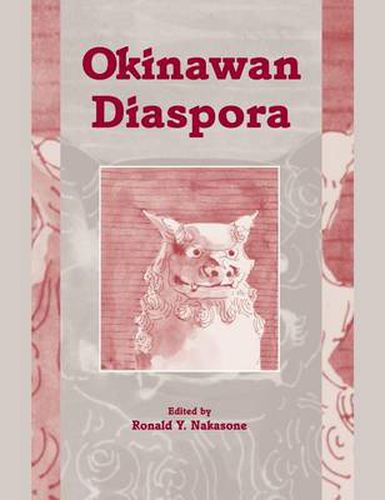Readings Newsletter
Become a Readings Member to make your shopping experience even easier.
Sign in or sign up for free!
You’re not far away from qualifying for FREE standard shipping within Australia
You’ve qualified for FREE standard shipping within Australia
The cart is loading…






The first Okinawan immigrants arrived in Honolulu in January 1900 to work as contract laborers on Hawai'i’s sugar plantations. Over time Okinawans would continue migrating east to the continental U.S., Canada, Brazil, Peru, Argentina, Bolivia, Mexico, Cuba, Paraguay, New Caledonia, and the islands of Micronesia. The essays in this volume commemorate these diasporic experiences within the geopolitical context of East Asia.
Using primary sources and oral history, individual contributors examine how Okinawan identity was constructed in the various countries to which Okinawans migrated, and how their experiences were shaped by the Japanese nation-building project and by globalization. Essays explore the return to Okinawan sovereignty, or what Nobel Laureate Oe Kenzaburo called an
impossible possibility,
and the role of the Okinawan labor diaspora in Japan’s imperial expansion into the Philippines and Micronesia.
Contributors: Arakaki Makoto, Robert K. Arakaki, Hokama Shuzen, Edith M. Kaneshiro, Ronald Y. Nakasone, Nomura Koya, Shirota Chika, Tomiyama Ichiro, Wesley Ueunten.
$9.00 standard shipping within Australia
FREE standard shipping within Australia for orders over $100.00
Express & International shipping calculated at checkout
The first Okinawan immigrants arrived in Honolulu in January 1900 to work as contract laborers on Hawai'i’s sugar plantations. Over time Okinawans would continue migrating east to the continental U.S., Canada, Brazil, Peru, Argentina, Bolivia, Mexico, Cuba, Paraguay, New Caledonia, and the islands of Micronesia. The essays in this volume commemorate these diasporic experiences within the geopolitical context of East Asia.
Using primary sources and oral history, individual contributors examine how Okinawan identity was constructed in the various countries to which Okinawans migrated, and how their experiences were shaped by the Japanese nation-building project and by globalization. Essays explore the return to Okinawan sovereignty, or what Nobel Laureate Oe Kenzaburo called an
impossible possibility,
and the role of the Okinawan labor diaspora in Japan’s imperial expansion into the Philippines and Micronesia.
Contributors: Arakaki Makoto, Robert K. Arakaki, Hokama Shuzen, Edith M. Kaneshiro, Ronald Y. Nakasone, Nomura Koya, Shirota Chika, Tomiyama Ichiro, Wesley Ueunten.